Blog 2: Life outside of the work
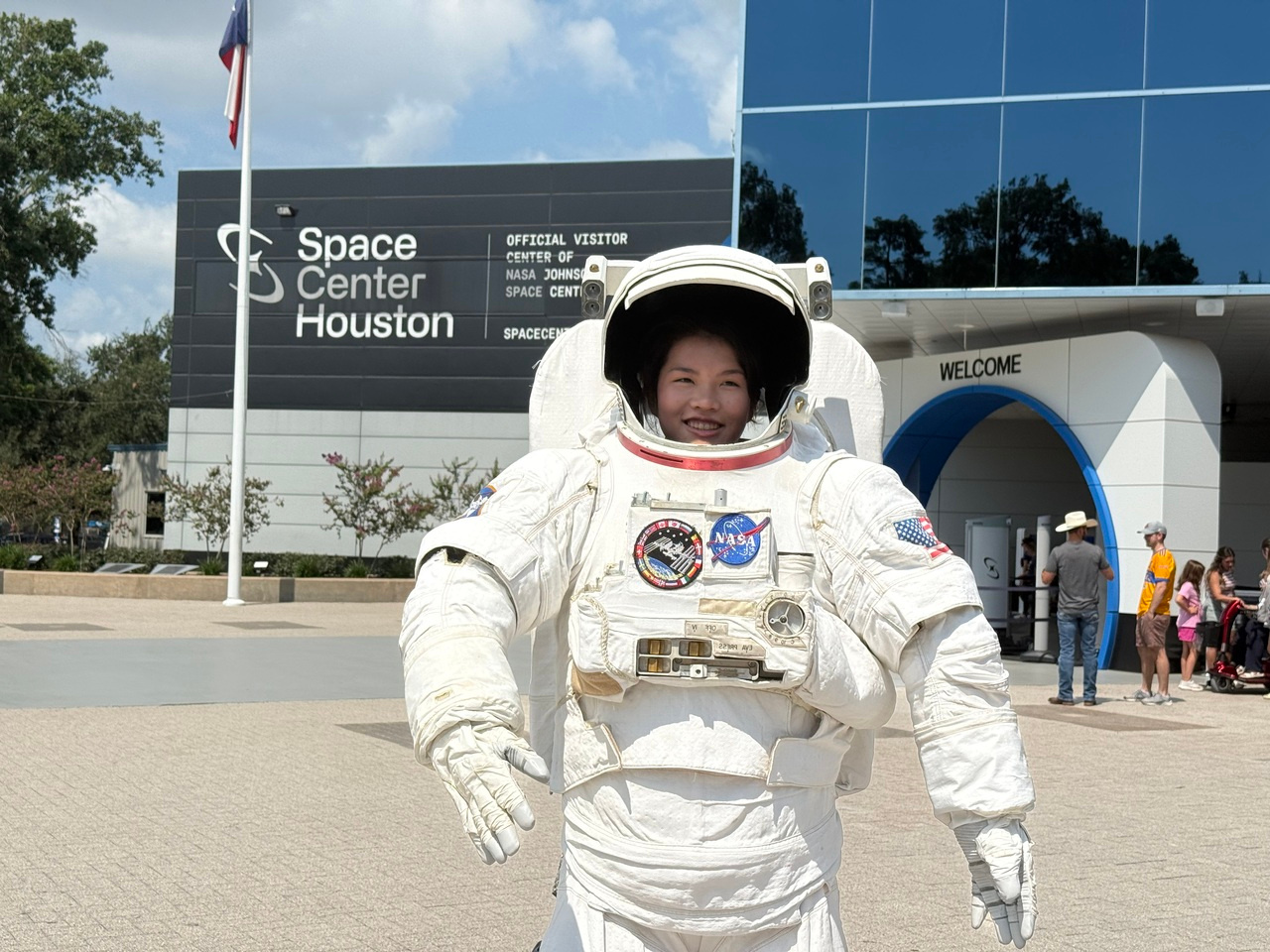
Stepping into the cadaver lab for the first time, I felt a strange reversal—being in a surgery room not as the one drifting into delirium under anesthesia, but as an observer, fully awake. What flashed most vividly in my mind weren’t the sterile lights or the instruments, but the faces of those I love—some still here, some gone before I could make amends. The procedure itself was brief: fifteen minutes from start to finish. A 5-centimeter incision across the scalp, a 1.5-centimeter hole drilled into the skull, and the implant carefully placed on the dura. By the very next day, the office was scattered with 3D-printed models in every shape and size—silent proof of their importance to the research.
Outside the lab, my days were shaped by people I never expected to grow so close to. I went to their churches and sang beside them, or gathered on weekends for Texas-style crawfish feasts. What surprised me most wasn’t just the fun, but the depth of connection. Perhaps it was their diverse backgrounds, their openness to new cultures, or simply their passion for what they do—whatever it was, I found myself wrapped into their lives.
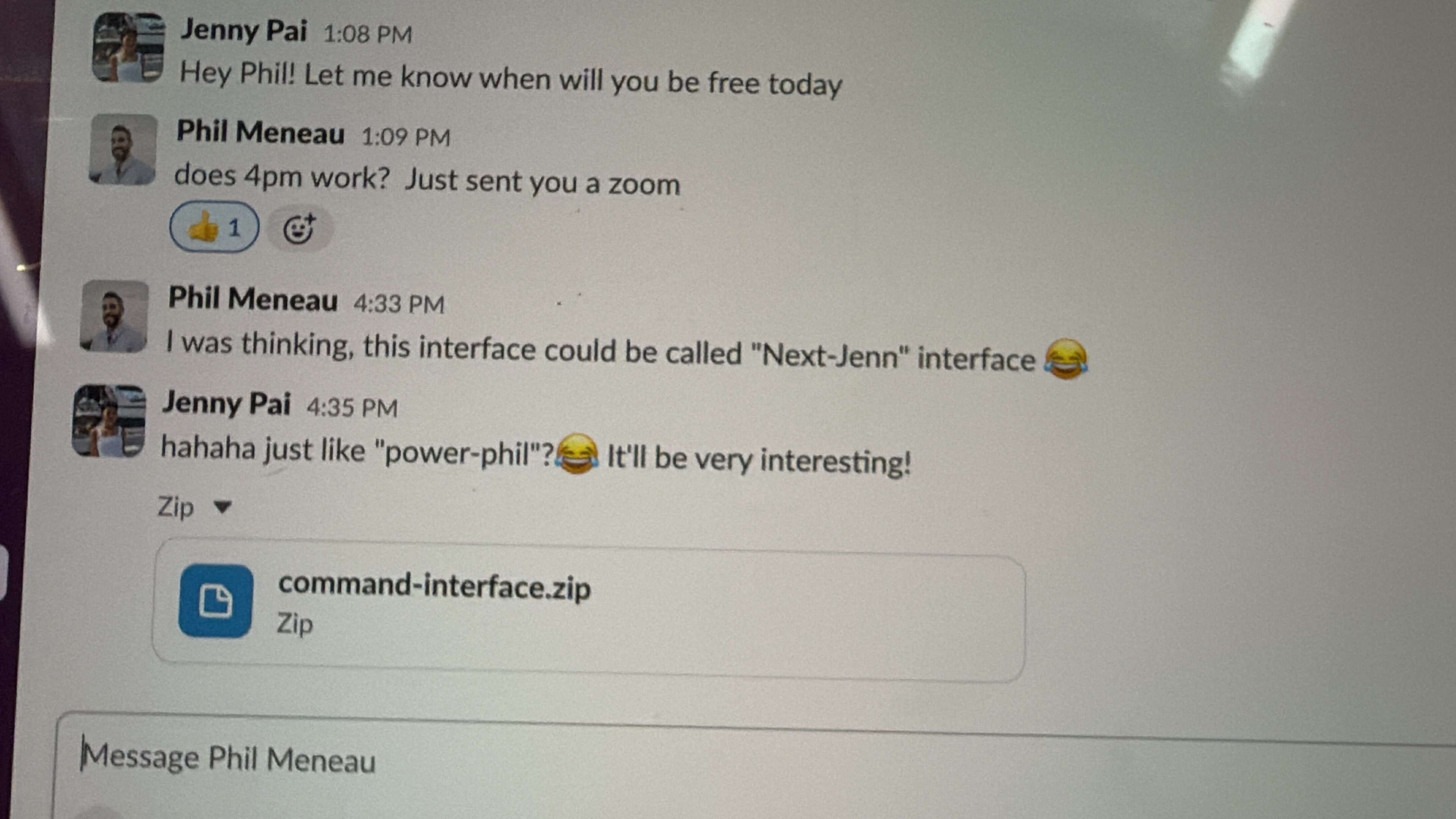
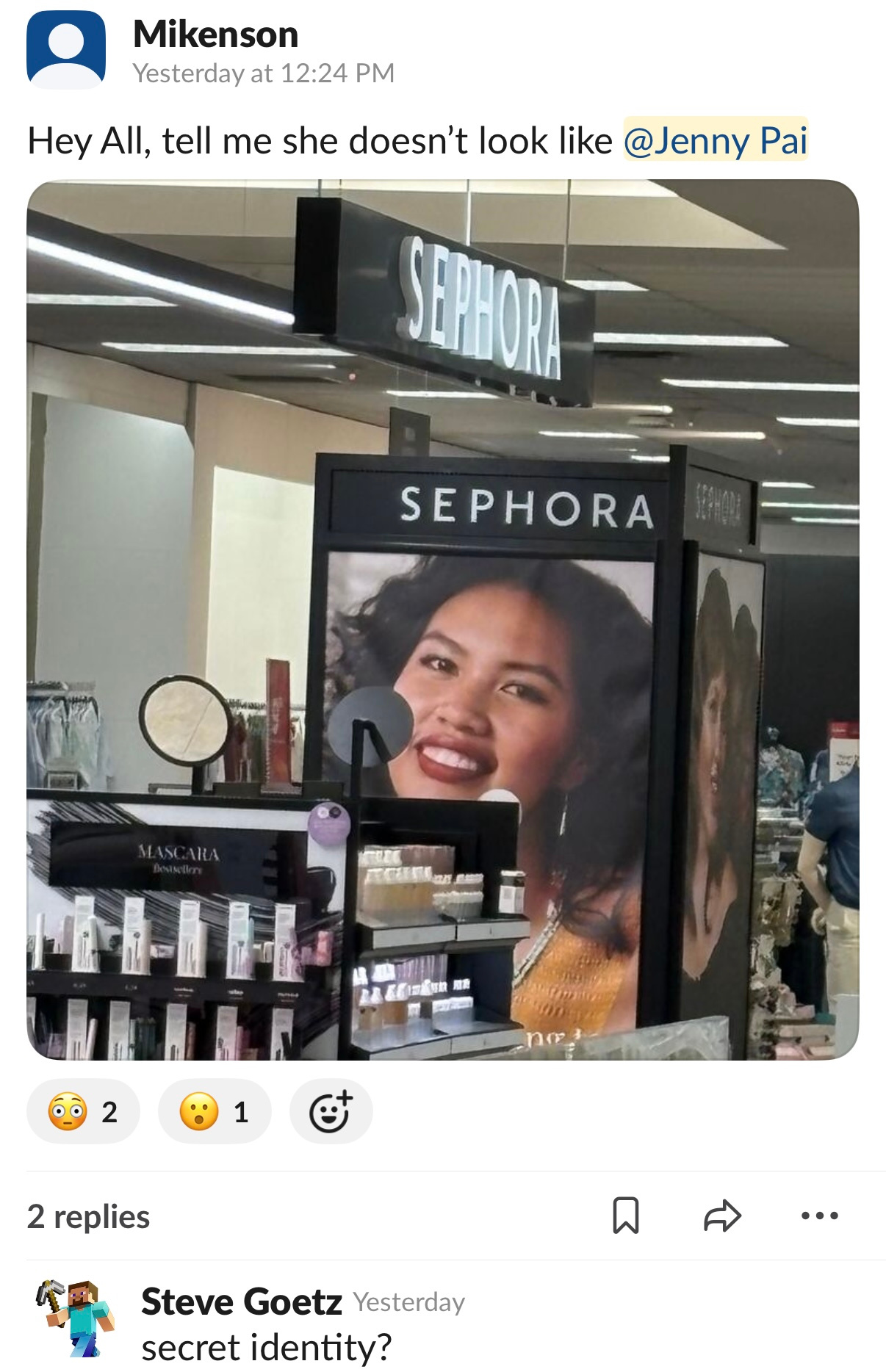
There were countless funny moments too 🦦.
My weekdays followed a steady rhythm: waking at 5:30, a quick breakfast, then a run at the gym before catching the 7:40 bus. By 8:20, I was in the office, where the day unfolded in ways both meticulous and thrilling. I developed system test apps for the engineering team, worked with packed commands, played with robot arms, analyzed electrical pulses, soldered circuits. I still remember the pure joy of the first time I managed to sample data with microsecond precision—as if I had caught time itself and pinned it to the computer screen.
Before I set out, I knew almost nothing about Houston. Like many people, I carried the usual picture of Texas in my head—cowboys on wide open plains, landscapes dry and sunburnt. But when the plane touched down and the humidity gathered into beads of sweat on my palms, I realized Texas was nothing like I had imagined. It wasn’t rough and rugged, but it wasn’t delicate either. Perhaps because I had just come from Switzerland, I was immediately enveloped by the warmth of the people here. It wasn’t anything grand—just a cheerful “good morning” on a crowded sidewalk, or a small act of kindness offered without hesitation, even to someone you’d only met once.
And of course, Houston’s most defining story is inseparable from NASA—something I had somehow known almost nothing about before arriving. I was deeply moved by the story of a manager in Motif, the one responsible for “clinical qualification,” who grew up in a family of NASA engineers. Even now, I can still see her expression from two months ago as she recounted those memories during our weekly meeting. Perhaps it was the detail of her father always keeping a ballpoint pen tucked in his shirt pocket that stayed with me. Or perhaps it was the way it reminded me of my own mother, her siblings, and my grandparents, who in their own way had also grown up around a national research institute, in a different corner of the world during the 1970s. That strange connection stirred something in me.
After hearing her speak, I promised myself I would visit the Houston NASA Space Center. Standing there, so close to humanity’s milestones, step by step, I couldn’t help but be moved. The progress felt so pure—driven by curiosity, by the sheer conviction that we could do it. Of course, in today’s political context, such purity may seem less clear. But I like to think that if I had been a “scientist” of that era, confronted with those moments, I would have felt an uncontainable swell of emotion.
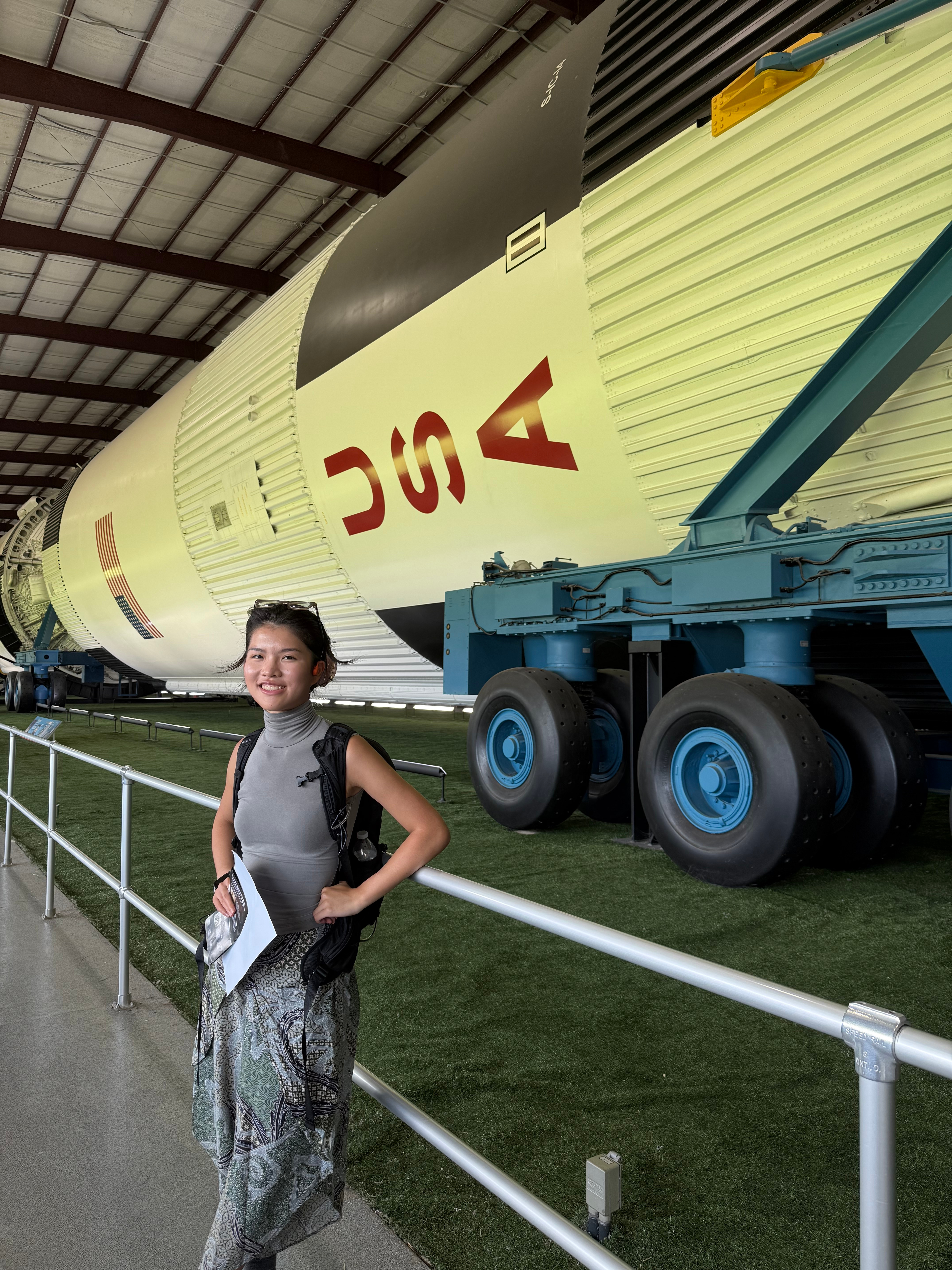
What touched me most were the crew portraits taken before each mission: faces from every nation, and women appearing in greater numbers with each passing year. Looking at them, I felt a quiet longing for the early 2000s, a time when countries still seemed to stride forward in peace together. That spirit of collective progress is something I still hold onto, something I still hope for.
Stay tuned for Blog 3!✨

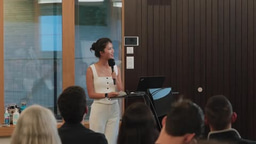
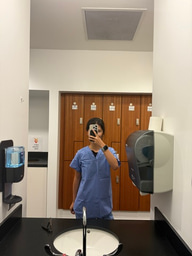


Please sign in
If you are a registered user on Laidlaw Scholars Network, please sign in